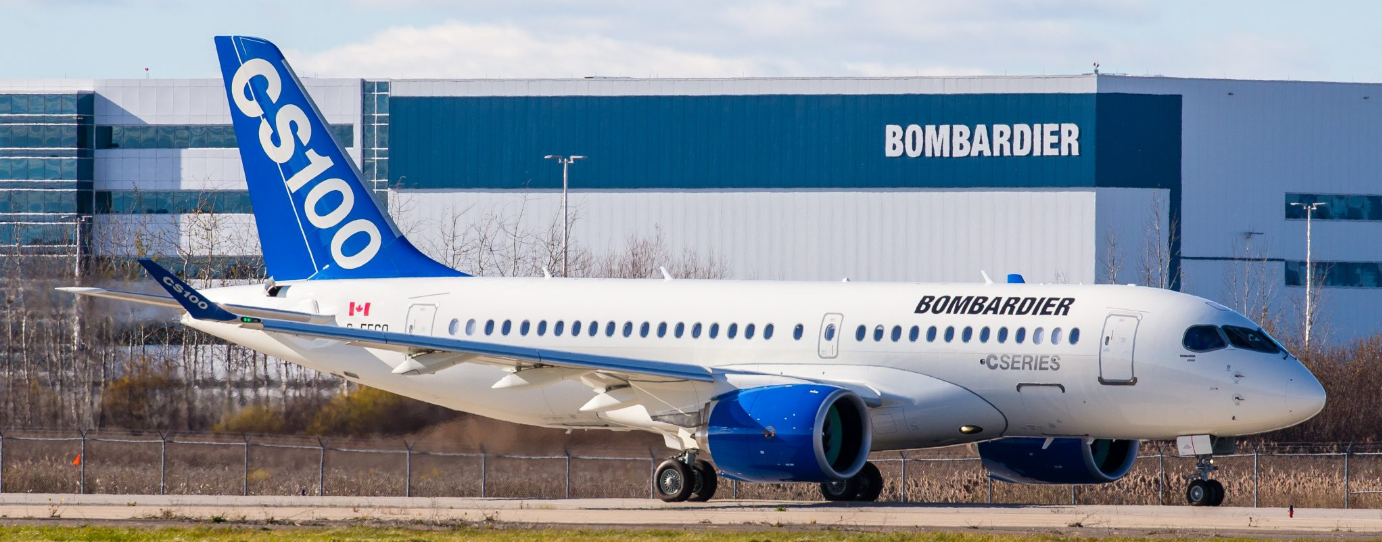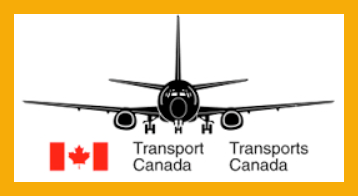Canada updating its SMS, should the FAA start a similar review?

Transport Canada Civil Aviation has announced that it will “update” its safety management system citing this risk assessment tool’s birthdate as 2005. Our neighbor to the North recognizes that its current framework needs realignment with evolving ICAO nuances as well as other CAAs best practices.
The FAA’s official adoption of SMS can be traced to a 1995 aviation safety summit that included 950 representatives from airlines, unions, regulators, and various other aviation organizational denominations. Chaired by Administrator Hinson who set a ZERO accident goal and as a result he the Office of System Safety, emphasizing risk prediction over reactive responses. That evolved into the current SMS concerns, which, rather than focusing on the specific accident, are more concerned with the precursors for an event. In 2015, the FAA promulgated 14 CFR Part 5, which required Part 121 operators to develop and implement an SMS within a three-year period.
With that history, might it be appropriate for the FAA to take a parallel review of its SMS rules? With almost a decade of utilization of this risk management tool, an advisory committee might examine those 10 years, looking at:
- A transnational review of other CAAs experiences looking for possible better practices and lessons from implementation.
- An assessment of the FAA’s own implementation, in particular any additional training needed in the field and any addition to the existing job descriptions for them.
- Reports suggested that field personnel were disturbed by the transition; any lessons from their experiences.
- Review of the various classes of certificate holders in their implementation of SMS- air carrier (121 and 135), repair stations, OEMs, and airports, over a continuum of size, etc. This might identify characteristics that led to real establishment of a safety culture and those that have not adopted the discipline.
- An audit of major safety events over the decade to flag if SMS did/did not identify the risk and if not why?
- A focus on factors that were not on the SMS horizon, items like mental health, confirmation biases, GPS spoofing, etc.
- Examination of FAA offices (ATO, AVS…) and their implementation of SMS. There are repeated articles of SMS being treated as a “get out of jail card”. The submission of the report must not lead to punishment (with limited exceptions) but with the heightened awareness of near misses in ATC, the follow-up may not have been as rigorous as needs be.
- Review of academic research on SMS.
- Other possible questions.
If Canada thinks that it is time to review SMS, should not the FAA do the same? Yes, the folks at 800 Independence are extraordinarily busy, but TCCA has a good idea.
Transport Canada Looks To Update SMS Regs
Change aligns rules to ICAO-recommended standards

By GORDON GILBERT • Contributor – Accidents and Regulations
January 30, 2024
Transport Canada Civil Aviation (TCCA) is proposing to update its safety management system (SMS) regulations to adopt performance-based requirements and align them with ICAO-recommended standards and practices, as well as other international standards. However, the update will not extend SMS applicability requirements to Canadian air taxi and charter operators under CAR 703 and 704.
Currently, Transport Canada SMS requirements apply only to PRIVATE OPERATORS (CAR 604), AIRLINES (CAR 705), AIRPORTS of specific sizes, and certain approved maintenance organizations. In its proposal, TCCA said that extending the application of SMS requirements to all commercial operators will be the subject of a separate proposal, the timeline of which hasn’t yet been established.
CANADA’S EXISTING SMS REGULATORY FRAMEWORK BEGAN IN 2005 and “while safe and generally effective,” Transport Canada said it “increasingly recognizes its CURRENT FRAMEWORK IS CONTENDING WITH AREAS FOR IMPROVEMENT AND LESSONS LEARNED IN THE TIME SINCE SMS IMPLEMENTATION.” For one, the framework’s basic structure creates challenges for industry compliance and inspector oversight because many requirements “lack alignment in their scope and description.”
For another, the existing regulations exclude Canadian aviation design and manufacturing organizations that are increasingly subject to SMS requirements in export contracts. Comments on the proposal are due by March 4.
